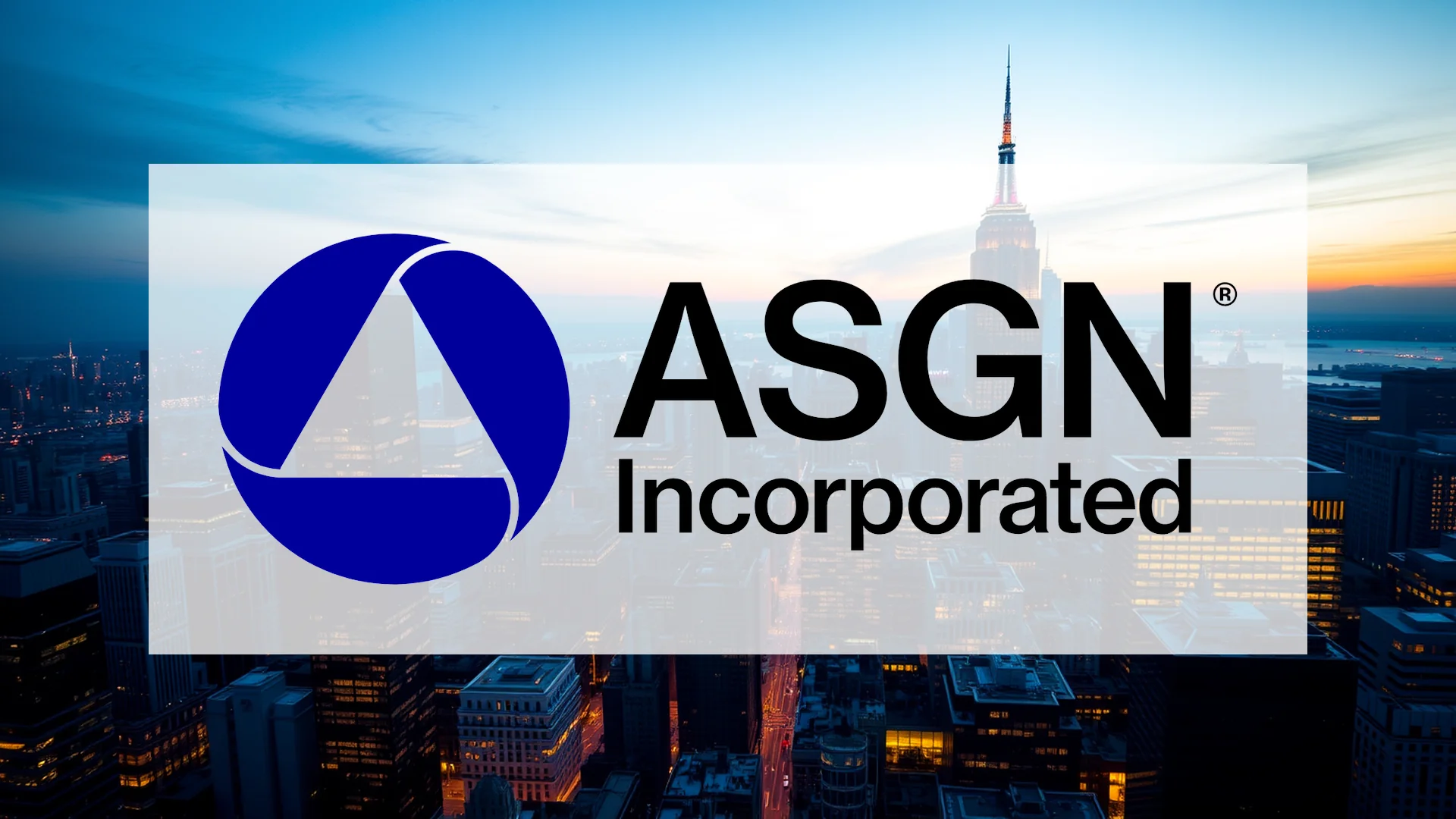The global coffee chain Starbucks finds itself at a pivotal moment, navigating a strategic overhaul of its China operations while confronting significant operational challenges revealed in its latest earnings report. The company’s attempt to reignite growth through a multi-billion dollar China partnership contrasts sharply with deteriorating profitability metrics.
Earnings Reveal Deepening Profitability Concerns
Recent quarterly results present a conflicting narrative for the coffee giant. While revenue reached $9.57 billion, exceeding market expectations, earnings per share of $0.52 fell short of projections. More alarmingly, the company’s operating margin experienced a dramatic contraction, plummeting from 14.4% to just 2.9%.
Comparable store sales told a story of two markets: international locations posted modest gains while U.S. sales stagnated. The company’s operational difficulties were further evidenced by the closure of 627 stores worldwide during the period, signaling persistent challenges in maintaining its global footprint.
Strategic Pivot in China Market
In a significant strategic repositioning, Starbucks has relinquished majority control of its second-largest market through a joint venture arrangement. The partnership with Boyu Capital values Starbucks’ China operations at over $13 billion, with the capital investment firm acquiring 60% of the retail operations.
Despite reducing its ownership stake to 40%, Starbucks retains control of its valuable brand rights. This structural reorganization aims to strengthen the company’s competitive position against local rivals in China’s intensely competitive coffee market, potentially unlocking new growth avenues in a critical region.
Should investors sell immediately? Or is it worth buying Starbucks?
Analyst Sentiment Remains Cautious
Market experts maintain a guarded outlook despite a modest dividend increase to $0.62 per share. Analyst price targets reflect this uncertainty, with the average standing at $100.50 but individual assessments ranging from “buy” to “sell” recommendations.
The divergence in analyst perspectives is notable: Royal Bank of Canada maintains a more optimistic $100 price target, while Citigroup projects a more conservative $83 valuation. This split opinion underscores the uncertainty surrounding Starbucks’ near-term prospects.
Market Performance and Recovery Efforts
Currently trading approximately 9% below its 200-day moving average, Starbucks shares indicate sustained downward pressure. Under CEO Brian Niccol’s leadership, the company is implementing its “Back to SBUX” strategy alongside the China joint venture to reverse this trend.
The central question facing investors is whether these initiatives will prove sufficient to steer the coffee behemoth back toward sustainable growth, or if operational headwinds will continue to overshadow strategic repositioning efforts in key markets.
Ad
Starbucks Stock: Buy or Sell?! New Starbucks Analysis from December 25 delivers the answer:
The latest Starbucks figures speak for themselves: Urgent action needed for Starbucks investors. Is it worth buying or should you sell? Find out what to do now in the current free analysis from December 25.
Starbucks: Buy or sell? Read more here...










